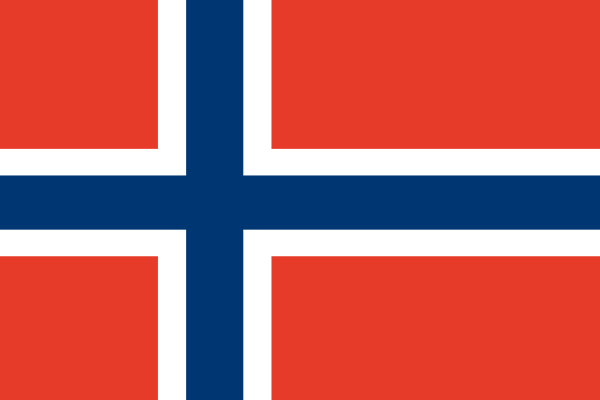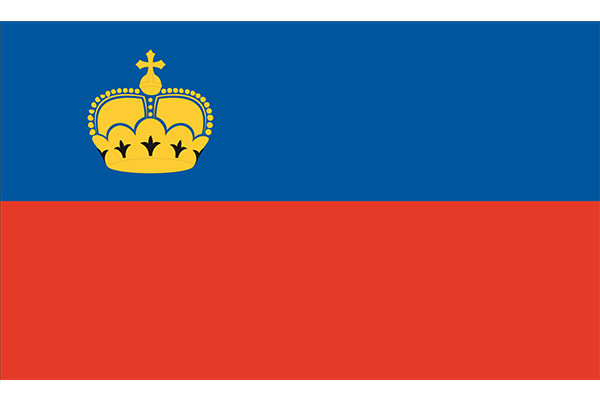

The Scandinavian country is part of the European Economic Area (EEA). If Britain follows this model, it will:
✓ Maintain considerable (but not complete) tariff- and quota-free access to the EU, including most goods
✓ Have independence over fisheries and farming policies
✓ Retain barrier-free access to the EU for services, a sector that makes up a large part of the British economy. The UK, for instance, currently enjoys “passporting rights”, which allows financial companies to offer services throughout the single market while only following one set of regulations
But Britain will have to:
✗ Agree to the free movement of people within the EU
✗ Make significant contributions to the EU budget
✗ Follow the majority of single market laws (without much power to influence them)


The landlocked country has a European Free Trade Agreement (EFTA) with the EU and also has bilateral deals, negotiating preferential access to the single market sector by sector. If Britain follows this model, it will:
✓ Have tariff- and quota-free access to the single market in non-agricultural goods
✓ Have limited access to trade in services, but some sectors such as financial services won’t be covered
✓ Be largely not bound by EU legal rulings, although in practice UK legislation will align with some EU laws
But Britain will have to:
✗ Wait many years to sign a Swiss-like deal — all those bilateral agreements will be devilishly tricky to ratify as they’ll have to be signed off by the 27 remaining member states
✗ Agree to the free movement of people
✗ Say au revoir to the financial sector’s “passporting rights” (See Norwegian option)
✗ Contribute to the EU budget to cover the costs of programmes it participates in


This country straddling Europe and Asia has a customs union with the EU. If Britain follows this model, it will:
✓ Be able to export industrial and processed agricultural goods to the EU tariff free
✓ Have no obligation to accept free movement of people
✓ Have independence over agricultural policy
✓ Not be bound by EU legal rulings
But Britain will have to:
✗ Accept the EU’s external tariffs and free-trade agreements without having any influence in how those deals are negotiated
✗ Say au revoir to the financial sector’s “passporting rights” (See Norwegian option)
✗ Comply with single market product standards and technical requirements without having a say in setting them


Canada and the EU have signed the Comprehensive Economic and Trade Agreement (Ceta). If Britain follows this model, it will:
✓ Have tariff-free access to 98% of EU goods, including industrial and fisheries products
✓ Have no obligation to accept free movement of people
✓ Have no contribution to the EU budget
✓ Not be bound by EU legal rulings
But Britain will have to:
✗ Comply with restrictions on some agricultural produce, such as chicken and eggs
✗ Wait a long time to sign a Ceta-like deal — it took seven years to negotiate
✗ Comply with single market product standards and technical requirements without having any say in setting them
✗ Say au revoir to the financial sector’s “passporting rights” (See Norwegian option)


If Britain was unable to negotiate a free-trade agreement with the EU, it could do business with the bloc under the World Trade Organization (WTO) regime. If Britain follows this model, it will:
✓ Have no obligation to accept free movement of people
✓ Have no contribution to the EU budget
✓ Not be bound by EU legal rulings
But Britain will have to:
✗ Accept EU tariffs on goods exported to the single market, which are significant in sectors such as agriculture and cars. British exporters to the EU will face average levies of about 10% on vehicles, a figure that rises to more than 35% on dairy produce, according to Bloomberg
✗ Say au revoir to the financial sector’s “passporting rights” (See Norwegian option)
✗ Comply with single market product standards and technical requirements without having any say in setting them

The German-speaking 25km-long principality between Austria and Switzerland is an EEA member (like Norway) and has some control over the free movement of people. But Britain’s 64 million citizens are unlikely to be offered such a deal.
Tiny Liechtenstein — population 37,000 — is of little significance to the free-movement workings of the EU’s 510 million residents. The UK will have to look elsewhere for a solution.
*Click for details of Ipsos MORI research

About
Brexit Options was coded and written by Ray Douglas, a national newspaper journalist. The chart is an introduction to the options facing Britain following the UK’s decision to leave the European Union.
Feedback is welcome — but please bear in mind that the site aims to be an easily digestible overview of a process that is frightfully complex.
Email: info@brexitoptions.co.uk
Useful resources
Financial Times
Bloomberg
UK Cabinet Office policy paper
Ipsos MORI
© 2019 Brexit Options